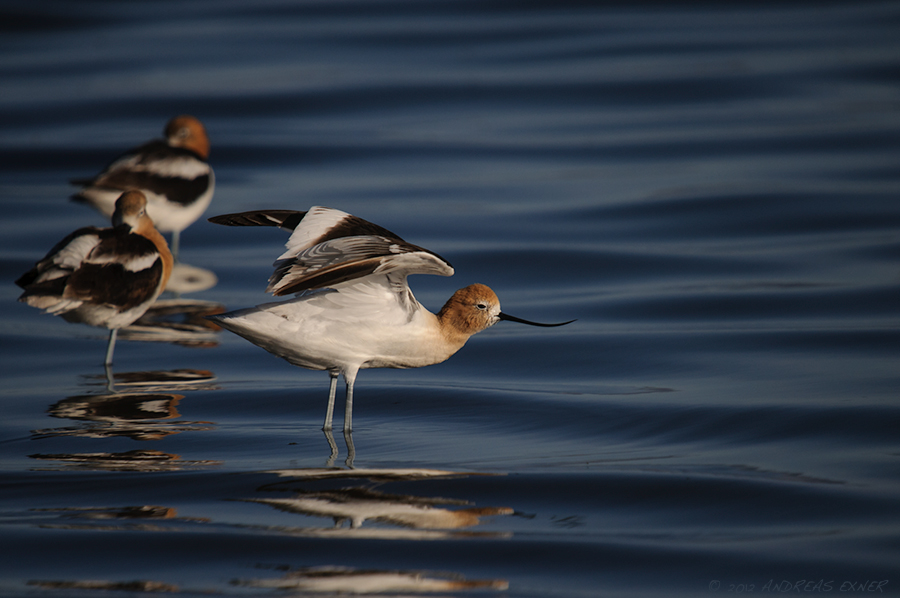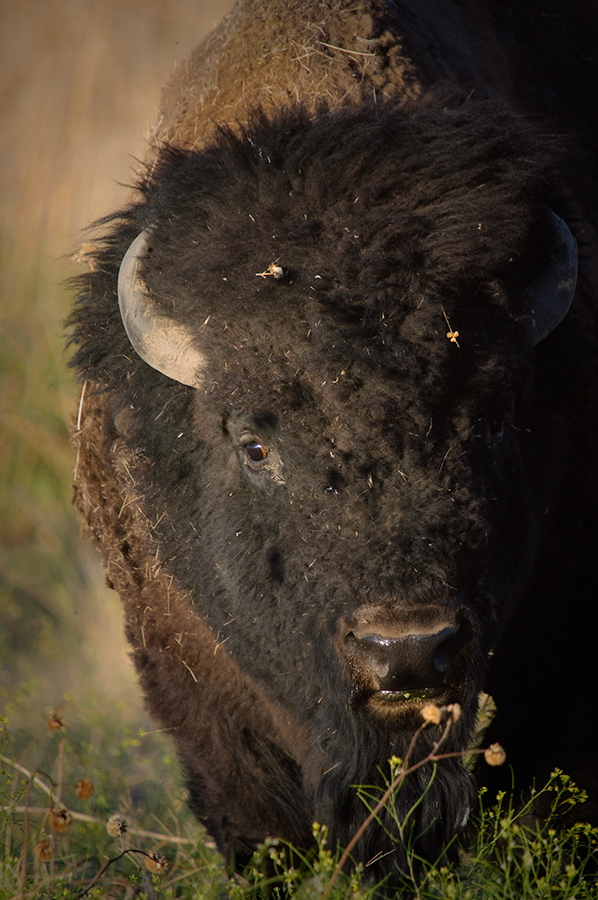I can't move on with my 2012 photography review without talking about the main reason I came back to Antelope Island in the Great Salt Lake. I really wanted to work on the birds, especially shore birds. American Avocets were there in big numbers, which doesn't mean it was easy to get the photo. I set my tripod to its lowest possible height, just a few inch above ground and put my belly in the sand. That sounds easy as long you don't know that the beach (or better salty mud strip along the shore) was black and covered with probably billions of little brine flies. It might be disgusting for some folks but the flies are your ticket for making the click because many birds feed on them. The good thing is, they don't bite.
I have never done this before but it was a great lesson about the birds and their behavior, and I wanted to learn what is possible and what doesn't work with the camera really low to the water level. You may ask, why can't you do that at the Green Island Wetlands here in Iowa? The difference is the elevation of the surrounding land. At Green Island you have to work almost everywhere from the top of the road or trail, which is usually quite a bit above water level. There is no flat beach.
Another bird that we have here in Iowa during the summer too is the Yellow-headed Blackbird. Their habitat is the reed belts along the shore of the Great Salt Lake. You can't miss these wonderful looking birds, they make a lot of noise, but it is not easy to get close to them. I still haven't been able to make a frame filling picture of a male like this but at least I got some "environmental portraits" with a little more environment than I desire. Yes, I could make a crop, but I'm at a point with my wildlife photography where I don't want to make this compromise anymore.












